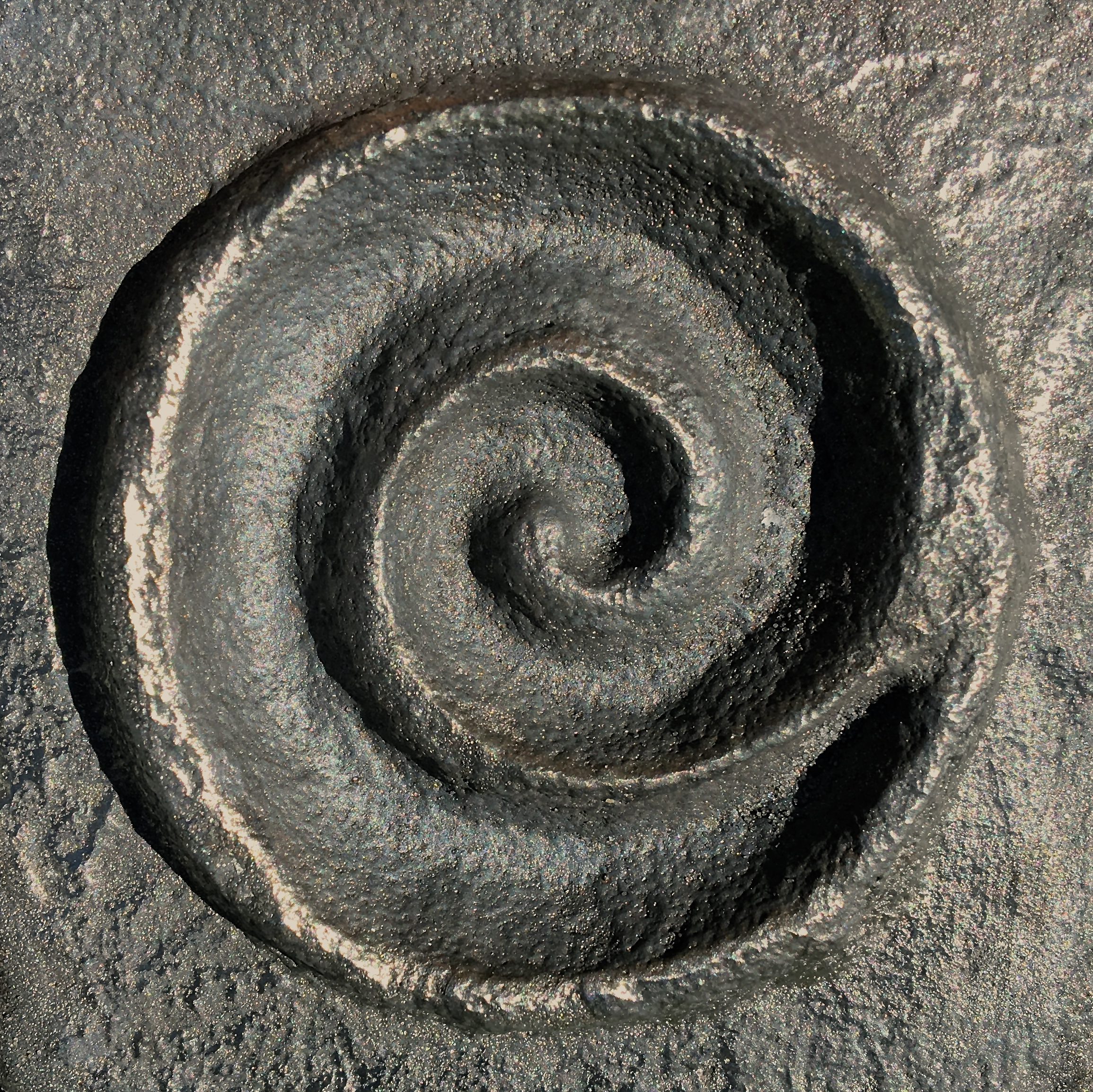Foraging for Herbal Tea as Healing Remedies
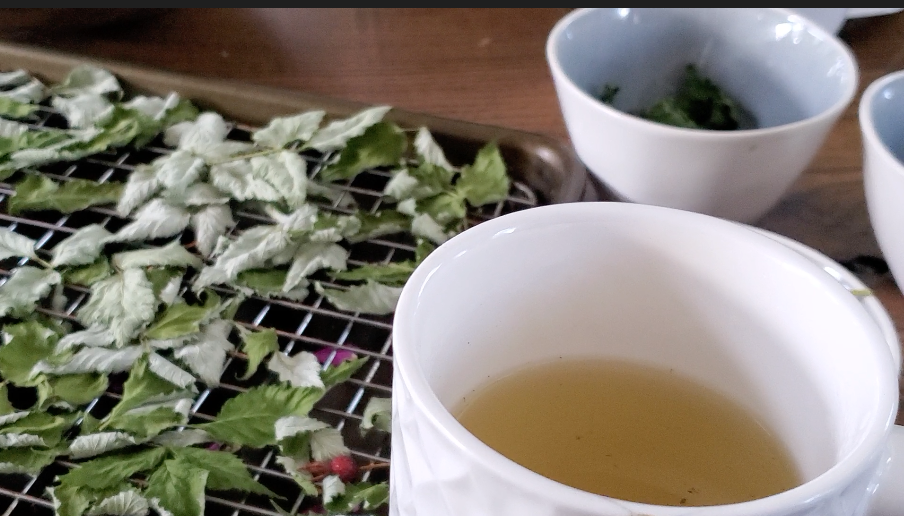
Our ancestries use to know their local plants, use them for healing and to nourish their bodies, minds and spirits. Many of us have lost this plant medicine knowledge. Prior to modern medicine (late 19th and early 20th centuries) of synthetic chemistry and antimicrobials. Greater than 20% of modern pharmaceuticals are based on plant derivatives or synthetic equivalent. In these times of a pandemic, we begin to understand how important health is! That we can’t take it for granted, we need to encourage and build it through our diet and movement.
It is summer time and herbal remedies are growing all around us. I believe if you have your healthy you can go after your goals and dreams in life. I want to empower you to look at the wild plants around you. Start being curious, start using their healing powers.
Everyday our bodies need to detoxify, need to heal to move to homeostasis balance. What’s a simple way to help our bodies heal daily? Drinking herbal teas with their medicinal benefits. I decided to make my own tea to help give me nutrients during perimenopause. This tea is good for all stages and sexes since it detoxifies and builds our health through nutrition. When foraging plants, it is recommended to thank them, and mother nature for the harvest you are picking. Giving gratitude is part of our healing process. Also take a little off from different plants, so to not disturb their growth. It is illegal to forage in some areas. Be respectful.
Identifying a New Plant
Be careful when identifying a new plant, bring your plant books, plant identification app or use wildflowers and weed websites. It gets easier once the plant has flowered to identify the plant correctly. There are poisonous plants that will vary depending where you live. When harvesting, identify plant, be grateful, harvest sparingly leaving a majority of the plant growth.
My Tea Mix!
I have used red raspberry, nettle, mint leaves, and red clover leaves and flowers. For more details of medicinal benefits at the end of this blog for each plant. The first three combined create a Building and Cleansing Tonic, are full of nutrients, as well as a hormone balancer. Red Raspberry is great for women health support. Nettle leaves is a full body cleanser. Red clover is phytoestrogen that balances estrogen in the blood. Mint leaves help digestion (except GERD, i.e. peppermint can worsen heartburn). Dry plants by simply laying them out on baking sheets or hanging or a herb drying rack net. Nettle, red raspberry leaves and alfalfa are a great daily tonic for iron deficiency anemia, being iron-rich herbs.
Do you love drinking hot beverages? Try trading your coffee that can affect blood sugar for herbal tea that are medicinal and nutritional. I would love to hear from you, what tea or hot beverage you love! Below or Facebook.
Use With Caution
Traditional healers and herbalist have been using herbs for centuries. Harvest away from roads where herbicides may have been applied. Ensure you properly identify the plants you use and look up poisonous wild plants in your area. “Most herbs haven’t undergone rigorous testing for safety and efficacy, especially in pregnant, nursing women, children, elders and people with chronic illnesses.” (Farmers Almanac)
Three years ago, I took Mountain Foraging and herbalist courses from the talented Briana Wiles of Rooted Apothecary. Along with an Advanced Holistic Nutrition Herbalist course designates me as a Community Herbalist (~40 hours of herbal medicine). What I have learned is that these wild plants have a lot of nutrition and medicinal benefit for us. I look forward to learning more and sharing more along my journey of health and wellness.
If Interested, Here are More Details of Each Plant
Stinging Nettle Leaves – Urtica Dioica
“If you don’t know what else to do, use nettles!” quote by Rosemary Gladstar, a grandmother of modern herbalist. Pick leaves in the spring when they are tender. Seriously it is healing for everything including kidneys, liver, digestive tract, metabolism and adrenals.
Use the leaf and steam for a whole-body cleanser, nutritive mineral-rich tonic for iron deficiency. Also it is full of vitamin C, calcium, as well as magnesium to help relax restless legs or muscle cramping. Also has protein that is easily digestible.
Identification details below, you will know you found it by the sting of the formic acid of the plant. To deactivate the sting you can steam it, juice it, dry, tincture or freeze it alone. You can also freeze leaves in oil or water in ice cube trays to include in dishes all year round. To reduce seasonal allergies start drinking a month before expected allergy season. How does it decrease allergies? It decreases systemic inflammation by reducing prostaglandin 2 (PG2). Also decreases inflammation by removal of uric acid buildup in gout and for rheumatism, arthritis.
Avoid nettle if you are sensitive to histamine or allergic to nettles. I didn’t pull the root, but nettle root can be dried and used to relief prostate enlargement.
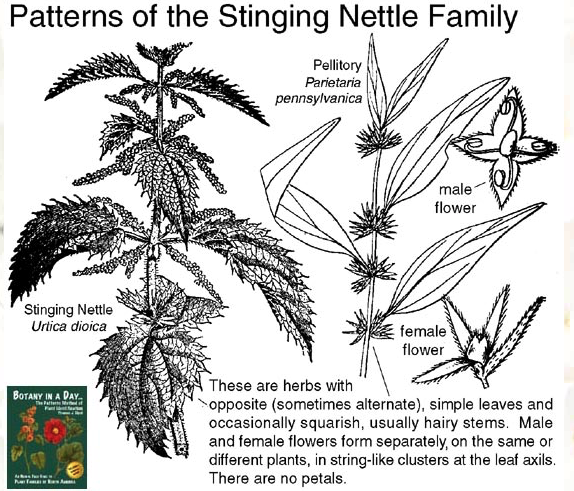
Red Clover – Trifolium Pretense (Fabaceae family)
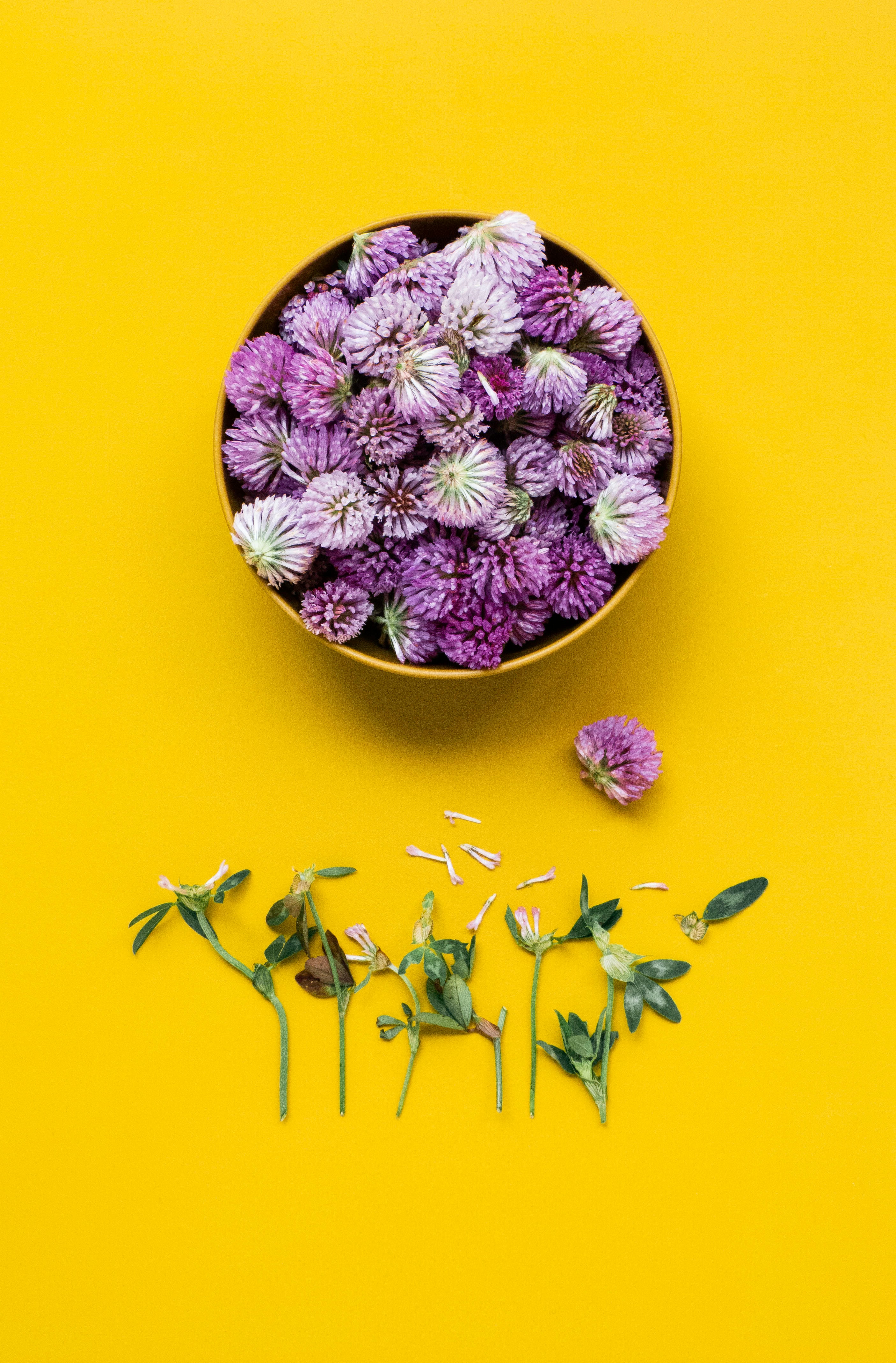
Red Clover is a legume, part of the Fabaceae family, pick stem with leaves and flower. It is a blood cleanser and improves skin problems, as does nettle. It’s an expectorant that promotes the discharge of phlegm and congestion from the respiratory tract. It’s a hormone balancer as a phytoestrogen plant. Many people have high estrogen due to environmental estrogens (xenoestrogens). Phytoestrogens fit into our cell’s estrogen receptors and create a hormone balancing effect. Warning – Consult an herbalist prior to use if taking blood thinners or statin medication due to potential blood thinning properties.
Red Raspberry Leaves – Rubus Idaeus (Rosaceae family)
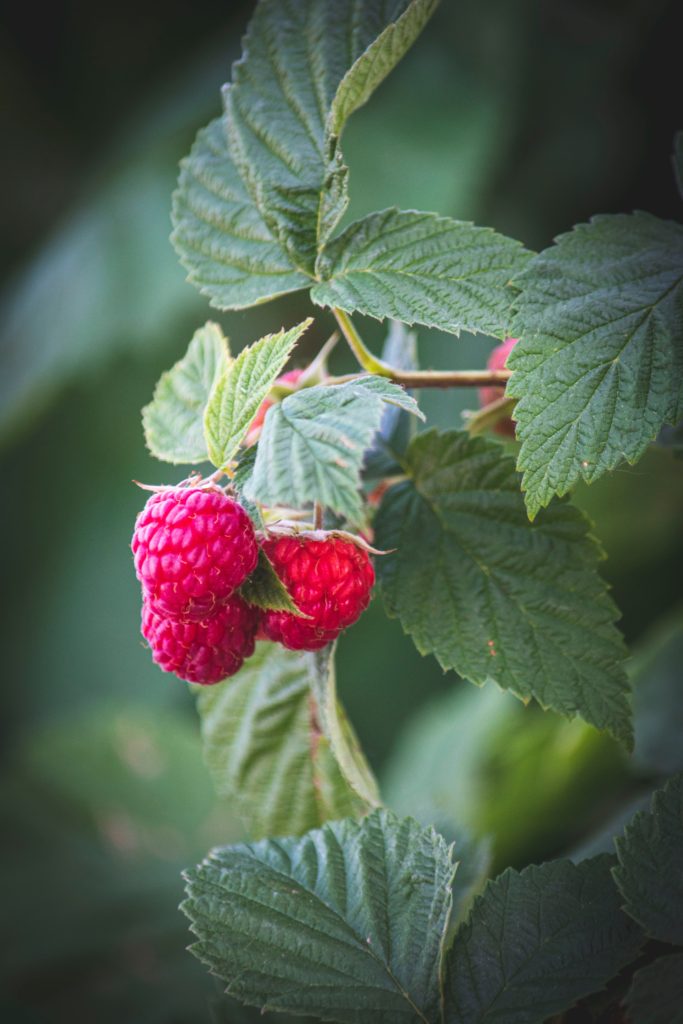
Red Raspberry leaves are known for women’s health support, nature’s balancer for reproductive well-being. Want to make a great women’s tea? Combine with chasteberry, yarrow, red clover or motherwort to improve hormonal balance and mixed with lady’s mantle to minimize bleeding. For teenage reproductive support use with yarrow, chasteberry and nettle. Red Raspberry can also be used as an astringent face wash to help acne and decrease size of pores. It is good to drink after childbirth to help the uterus reduce back to normal size. It is high in manganese, Vitamin C & A to reduce oxidants, iron, calcium. As well as, selenium which is important for thyroid health.
Mint leaves
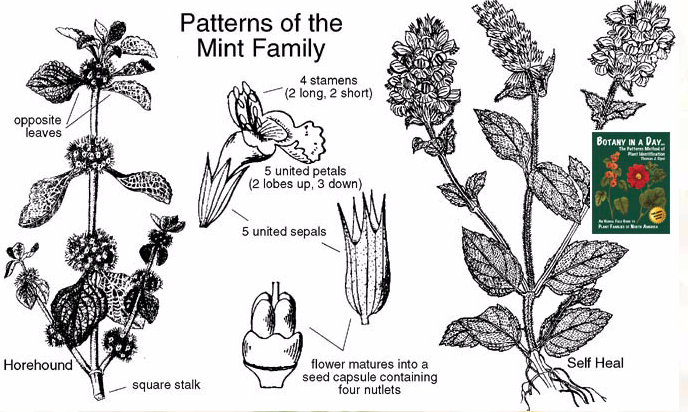
To identify a Mint plant look for a distinctly square stalk and simple, opposite leaves that grow in pairs, joining at the same node on the stem. Harvest the leaves and stems. It helps digestion in alleviating indigestion, gas and cramps, promote restful sleep and can calm anxiety. Mint protect against bacteria, and viruses; can increase stomach acid, so be careful or do not use if you have GERD.
I hope this information sparked an interest in the plants around you and herbal medicinal teas.
References:
Nettle additional websites to look at, since it does so much!
The Naturopathic Herbalist link – Stinging Nettle
The Herbal Academy – Stinging Nettle
The Farmers Almanac – Mint Benefits
Wildflowers and Weeds – plant families and identification of plants
Yardley, K. (2016). The Good Living Guide to Natural and Herbal Remedies.
Wiles, B. (2018). Mountain States Medicinal Plants.
Mint identification – https://www.wildflowers-and-weeds.com/Plant_Families/Lamiaceae.htm
